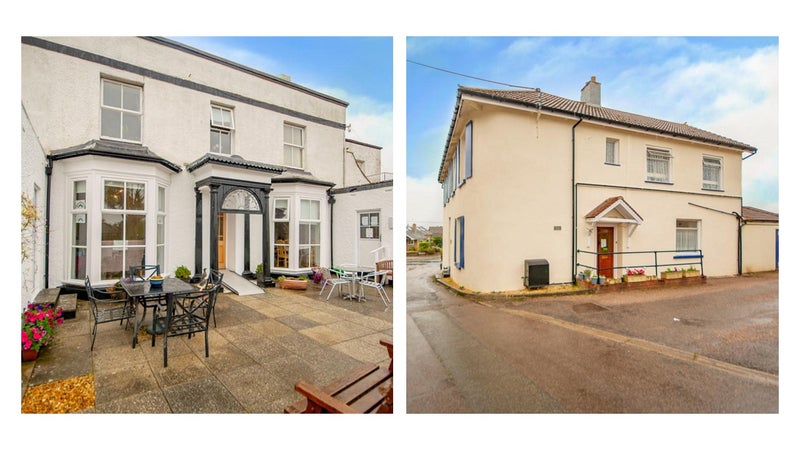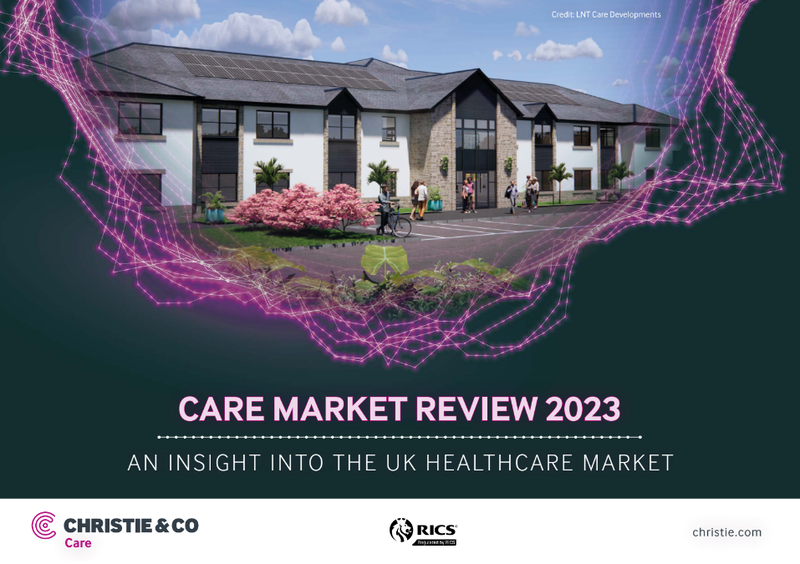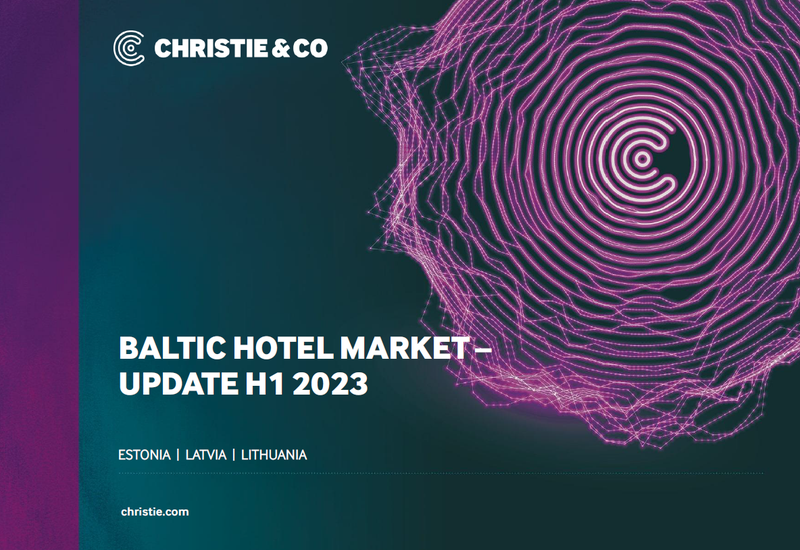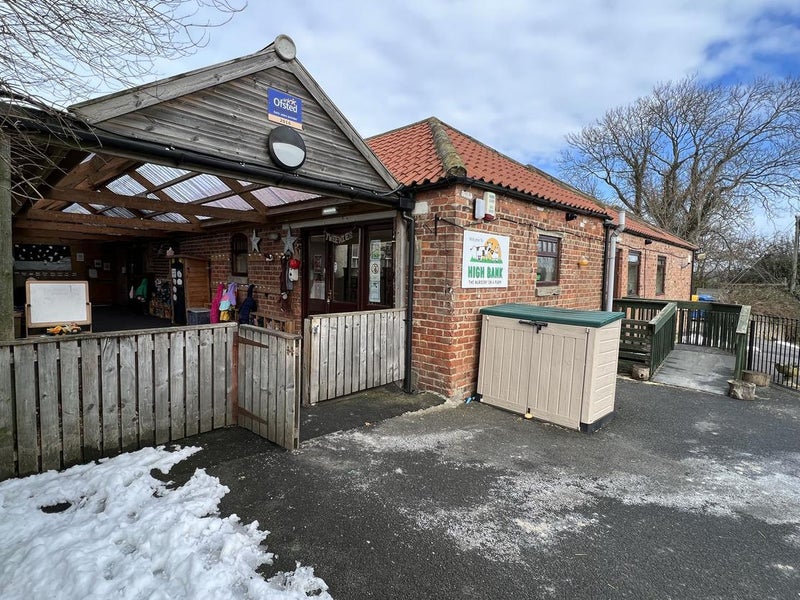The Baltic Hotel Market 2020
Overview of the Baltic Capitals
2020 KPIs
The Baltic hotel markets had a good start of the year, with accommodation demand increasing in the first two
months of 2020; however, an unforeseen global pandemic struck in mid-March.
The rapid rise in new virus cases facilitated the governments to introduce strict travel restrictions immediately. The sudden travel limitations resulted in most of the hotels in the Baltic States capitals closing as demand ceased.
However, on the flip side, the strict restrictions to battle the spread of the virus brought the daily case number down, enabling hotels in the Baltic capitals to re-open before the soughtafter summer season. Summer indeed provided some positivity to the markets, as new virus cases in the Baltics were down, and the markets started to demonstrate upward-trending performance fuelled by domestic and regional demand. Nevertheless, as the summer was fading and new cases began to rise and new travel restrictions were introduced in the autumn, putting, once again, pressure on the hotel market.
As of March 2021, the hotel markets are still under immense pressure. The pandemic is raging, and various restrictions are in place, yet the vaccination programmes have already begun, bringing some positivity for future market outlook.
Despite the strong start of 2020 and the partial market recovery in the summer months, 2020 performance for the Baltic capitals was historically bad.
RevPAR slid by 64%, 68%, and 72% in Vilnius, Riga and Tallinn, respectively, reflecting Vilnius and Riga’s demand being slightly more domestically and pan-Baltic driven than that of Tallinn. While both occupancy and ADR contributed to the decline, occupancy was the main factor driving the RevPAR collapse. Occupancy fell by an average of 42 percentage points across the capitals, while ADR decreased 22% from the previous year. Even though the RevPAR drop is unparalleled for the three capitals, other European capitals observed a decrease of a similar magnitude. Overall, RevPAR across the EU capitals declined by an average of approximately 70% from 2019 to 2020.
Hotel demand structures for the three capitals are relatively well-positioned for the markets to recover, as their long-haul (non-European) share accounts for only 11% of the total overnights. For comparison, an array of major European cities has a higher long-haul overnight share; therefore, they are less-favourably positioned for recovery. Long-haul demand is likely to take the longest to recover to the pre-pandemic level, as connectivity is more severely affected for this segment.
PRE COVID-19
The Baltic hotel market performed poorly for most of 2020 and is likely to do so for a while. However, exploring how the individual markets performed before the pandemic would improve our understanding of where the recovery could take them, and of what the markets’ prospects are beyond the recovery. As the following graph indicates, all three hotel markets were recording solid performances before the pandemic. In the 2015-2019 period, the number of recorded hotel overnights in Riga and Vilnius rose on average by 7% per annum, while in Tallin, the annual growth was 4%.
In the 2015-2019 period, the number of recorded hotel overnights in Riga and Vilnius rose on average by 7% per annum.
While in Tallin, the annual growth was 4%.
To a certain extent, the notable demand growth has been reflected in RevPAR growth for the respective markets in the 2015-2019 period. In contrast to somewhat more modest demand growth, Tallinn’s RevPAR growth demonstrated the most increase, reaching 65 EUR in 2019, corresponding to 5.4% average annual growth in the 2015-2019 period. Despite the steeper growth in overnights, Riga’s and Vilnius’ RevPAR growth trailed to that of Tallinn, recording yearly averages of 2.6% and 0.8%, respectively. The flatter RevPAR growth in the two southern capitals was mainly caused by a more significant room stock increase than in Tallinn. While Tallinn’s number of hotel rooms grew by an average of 2% annually, in Riga and Vilnius, the annual average increase was 2.9% and 3.8%, respectively, in the 2015-2019 period.
RECOVERY
Even though most hotel markets are still suffering from the travel restrictions caused by the pandemic, the vaccination programme that started at the end of 2020 provides optimism for the market outlook. To better gauge the overall timeline for recovery, it is useful to explore the timeline for each of the major source markets individually. The speed of recovery is likely to differ from segment to segment.
Given that enough people get vaccinated to bring the spread of the virus under control, we foresee that the domestic segment, and likely also pan-Baltic, would be the quickest to recover. More specifically, local individual leisure demand would likely pick up the fastest, as fewer roadblocks affect this group’s recovery. Most domestic and pan-Baltic trips can be conducted in a private vehicle. Furthermore, the domestic and pan-Baltic public connections by various modes of transport (road, rail and air) have been less interrupted by the pandemic than those for longer-distance travel. For example, there are still daily air and bus traffic connections between the Baltic capitals.
While the uninterrupted service also holds for the local and pan-Baltic business travellers, we believe some factors may contribute to a slightly extended recovery of this segment compared to the leisure segment. People might still be more hesitant to go on business trips, as those typically involve meeting with groups of people and sitting indoors for extended periods. Also, some of the physical meetings might get replaced now by remote meetings. Nevertheless, we believe that this segment will come back soon as well, but likely at a slower pace than the leisure segment.
We anticipate the European leisure and business travel recovery to follow a similar pattern as that of domestic recovery, with the leisure segment recovering prior the business segment. However, we do not expect the European demand to reach the 2019 level before 2023. Some travel restrictions might be in place for longer across Europe overall, and its connectivity has been more affected than regional and domestic connectivity.
Lastly, the long-haul international demand recovery would probably take the longest, as this segment’s travel connectivity is most affected, and some travel restrictions might take longer to be lifted in comparison to relatively closer distance travel.
On a positive note, we believe that there is also some untapped demand. Travel has been limited now for over a year, and people are more eager to travel and meet than ever before. Therefore, once the travel restrictions are lifted, the untapped demand could significantly boost travel demand, paving the road for a swift recovery.
ECONOMIC OUTLOOK
Economies of the three countries are well-balanced, with relatively low public debt to GDP ratios, which are well below the EU average level.
As of 2020 Q3, Estonia’s, Latvia’s, and Lithuania’s public debt to GDP ratios were 18%, 45% and 46%, respectively. Meanwhile, the average ratio of the EU was 90%. The average tourism contribution to GDP with 8% in Latvia and 5% in Lithuania in 2019 was notably below the EU’s 10%. However, in Estonia, tourism contribution to GDP at 15% was above EU’s average level. The high ratio is mostly a factor of 1/3rd of visitors stemming from the northern neighbour Finland. However, even during the pandemic, connectivity with Finland has been less affected, as there is ongoing daily ferry service between the two countries. Considering the overall decent economic performance of the Baltic States, once the travel restrictions caused by the pandemic ease, the Baltics should be relatively well-positioned for a swift recovery from the economic point of view.
Although Covid’s impact on the tourism industry has been severe, the overall impact on economies has been less adverse. As the graph on this page indicates, the GDP drop in 2020 was relatively modest. In Lithuania, GDP fell by less than a precent (0.9%), while in Estonia and Latvia, the decrease, still low, was 2.9% and 3.5%, respectively. In comparison, the EU’s decrease was more notable, average of 6.8%, corresponding with an overall higher tourism sector contribution to GDP. Besides, the Baltics, including Estonia, were less affected by the virus than the EU for most of 2020, resulting in fewer travel restrictions. This phenomena and ongoing connectivity with Finland likely contributed to a relatively lower GDP decrease in Estonia despite its rather high tourism share in GDP.
The GDP forecast is optimistic for the three countries. EU commission economists predict the GDP to bounce back in 2021 and grow at 3%-4% in 2022 across the Baltics. Simultaneously, the EU’s average forecasted GDP growth is slightly steeper than that of the Baltics; however, the EU is expected to reach 2019 level only in 2022, as the decrease was more severe than in the Baltics.
CLOSING REMARKS
Despite the pandemic that caused the fall of Baltic hotel markets performance, we acknowledge that the markets are reasonably well-positioned for a comeback. Fundamentally, all three hotel markets were demonstrating substantial growth in the years before the pandemic. With a vast majority of demand stemming from European travellers, the demand structure provides hope for the KPIs to bounce back rather swiftly once the virus is under control in Europe. Furthermore, the Baltic economies are relatively well-balanced and have been less severely affected by the pandemic than the EU economy on average.
CONTACT US
Kimmo Virtanen
Director Scandinavia, Russia and the Baltic States
M +358 40 358 1414
Olga Kiilunen
Senior Consultant
M +358 (0) 40 723 6969
Reinis Ludins
Consultant
M +358 (0) 40 717 1670



















